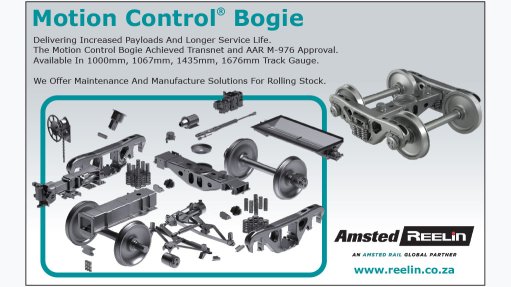Understanding standby, Prime and continuous gensets

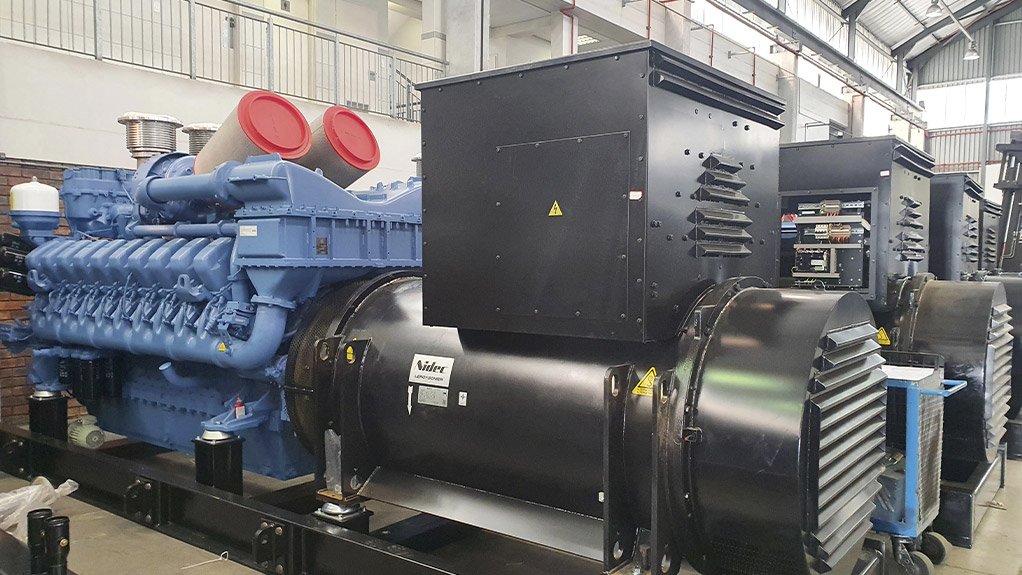
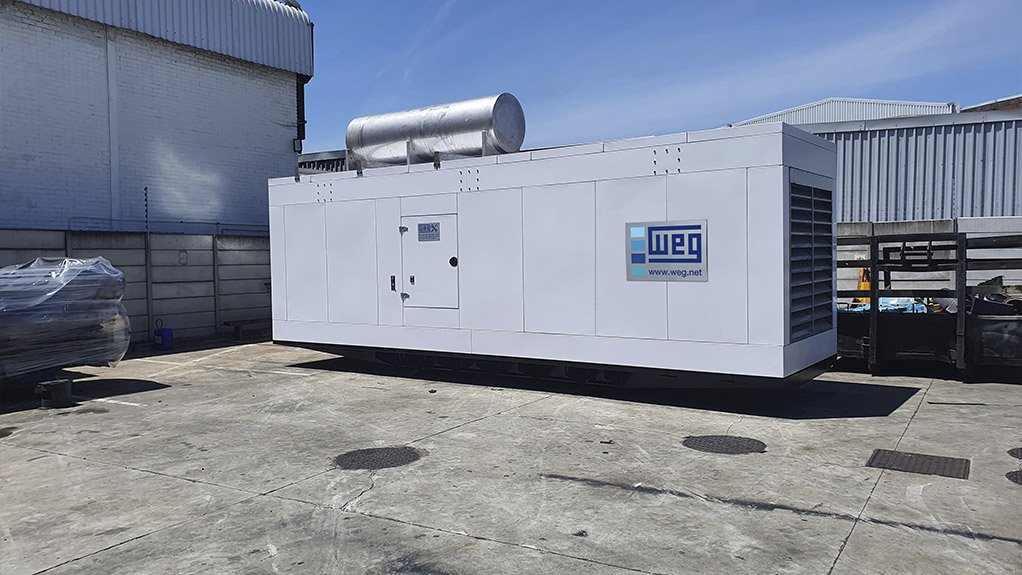
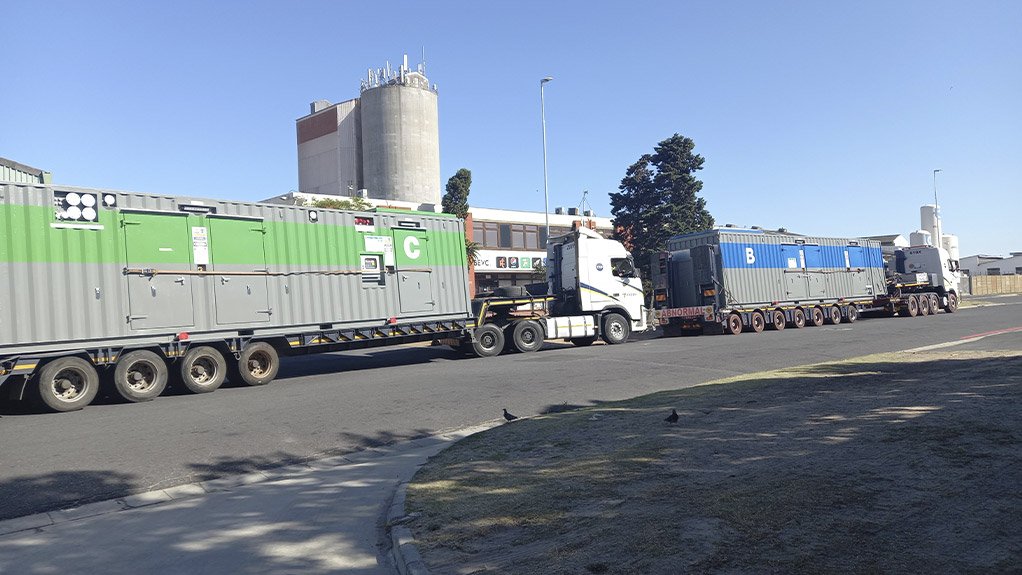
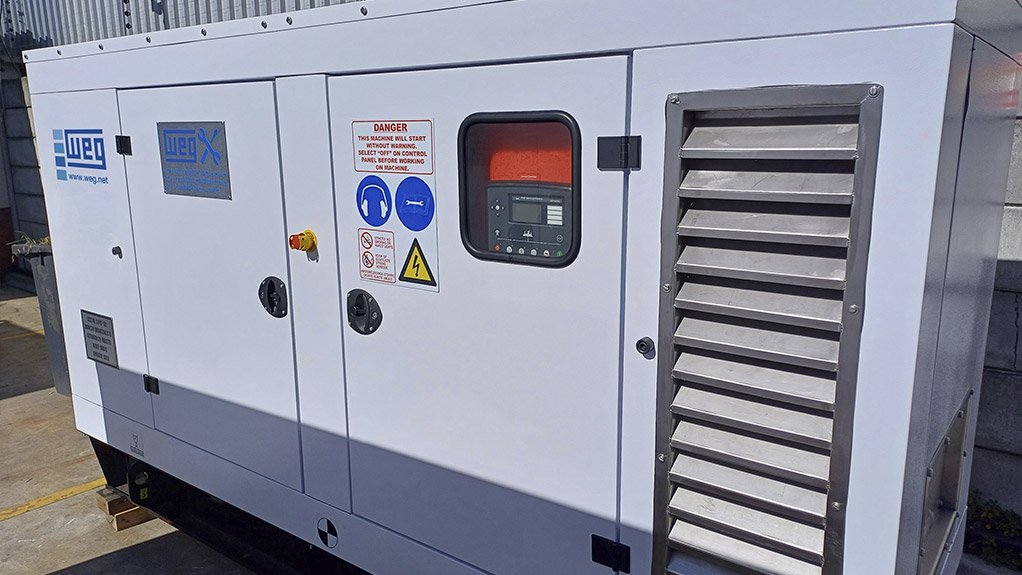
3000kVA 400V primary equipment prior to enclosure installation
A super silent 700kVA WEG generator set running at a university
A 3000kVA 400V data centre generator set being transported to site
A standalone 60kVA 400V WEG generator set for a mining application
This article has been supplied.
The increasing reliance of South African businesses on generator sets (gensets) to mitigate power disruptions highlights a crucial need for proper selection based on specific operational demands. Despite their growing usage, there's still widespread confusion about how to choose the appropriate genset, often leading to inefficient and costly decisions.
Understanding the differences between standby, prime and continuous applications is essential to optimise genset performance and longevity. This is according to Craig Bouwer, Senior Manager Gensets at WEG Africa, who explains that many customers mistakenly select gensets based solely on nameplate rating.
“Understanding the specific application of the genset is crucial for the right selection, and the first step is knowing that genset applications are broadly categorised into standby, prime and continuous, each with distinct operational requirements,” he says.
Standby gensets are seldom used, typically kept for emergency situations. These units have a limit on operational hours per year and a specific load factor. In South Africa, due to frequent load shedding, few gensets are used solely for standby purposes.
Prime and continuous applications are more common in the country. Prime gensets can run unlimited hours annually with variable loads, maintaining an average load factor below their maximum rating. Continuous gensets also operate unlimited hours, but with a constant and predetermined load.
Damian Schutte, Engineering Manager at WEG Africa, explains that understanding the difference between prime and continuous ratings is also critical. The load factor is a key differentiator and not the unlimited time requirement, with prime applications having variable loads and continuous ones having fixed loads.
Schutte uses a vehicle analogy to illustrate the differences: a continuous genset is like a car on cruise control operating at a steady speed within its capacity on a long-distance trip, while a prime genset is akin to a vehicle driving in the city. Standby can be perceived as racing between traffic lights.
The choice of genset rating impacts its expected lifespan and maintenance needs. For example, continuous power may be required in mines during load shedding to supplement limited grid power, while industrial applications like workshops, with variable loads, would need a prime-rated genset.
Bouwer notes that standby power remains vital in essential service sectors for health and safety reasons, especially in environments like mines, hospitals, and data centres.
WEG Africa, as an Original Equipment Manufacturer (OEM), uses these categories to guide customers in their genset choices, aiming to match their specific needs and expected service life. They caution against oversimplifying the selection process by just matching the total load with a genset's nameplate rating, as this can lead to premature failure and additional costs.
“To ensure the correct choice, we work closely with customers assessing their load requirements, usage frequency and operational conditions and through this process ensure optimal genset selection,” Bouwer concludes.
Article Enquiry
Email Article
Save Article
Feedback
To advertise email advertising@creamermedia.co.za or click here
Comments
Press Office
Announcements
What's On
Subscribe to improve your user experience...
Option 1 (equivalent of R125 a month):
Receive a weekly copy of Creamer Media's Engineering News & Mining Weekly magazine
(print copy for those in South Africa and e-magazine for those outside of South Africa)
Receive daily email newsletters
Access to full search results
Access archive of magazine back copies
Access to Projects in Progress
Access to ONE Research Report of your choice in PDF format
Option 2 (equivalent of R375 a month):
All benefits from Option 1
PLUS
Access to Creamer Media's Research Channel Africa for ALL Research Reports, in PDF format, on various industrial and mining sectors
including Electricity; Water; Energy Transition; Hydrogen; Roads, Rail and Ports; Coal; Gold; Platinum; Battery Metals; etc.
Already a subscriber?
Forgotten your password?
Receive weekly copy of Creamer Media's Engineering News & Mining Weekly magazine (print copy for those in South Africa and e-magazine for those outside of South Africa)
➕
Recieve daily email newsletters
➕
Access to full search results
➕
Access archive of magazine back copies
➕
Access to Projects in Progress
➕
Access to ONE Research Report of your choice in PDF format
RESEARCH CHANNEL AFRICA
R4500 (equivalent of R375 a month)
SUBSCRIBEAll benefits from Option 1
➕
Access to Creamer Media's Research Channel Africa for ALL Research Reports on various industrial and mining sectors, in PDF format, including on:
Electricity
➕
Water
➕
Energy Transition
➕
Hydrogen
➕
Roads, Rail and Ports
➕
Coal
➕
Gold
➕
Platinum
➕
Battery Metals
➕
etc.
Receive all benefits from Option 1 or Option 2 delivered to numerous people at your company
➕
Multiple User names and Passwords for simultaneous log-ins
➕
Intranet integration access to all in your organisation












